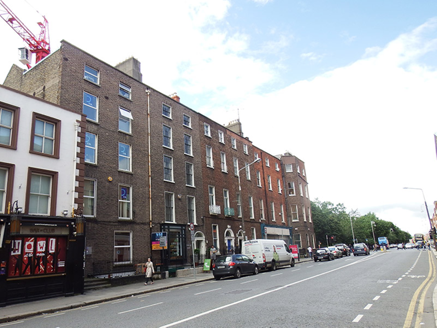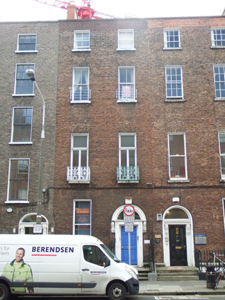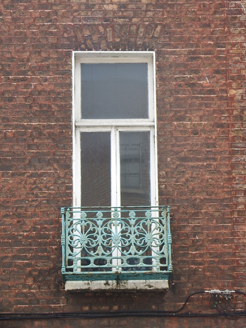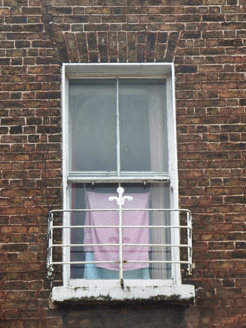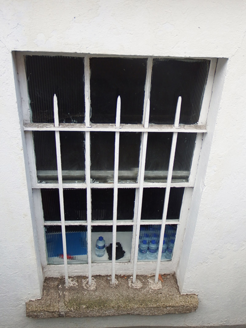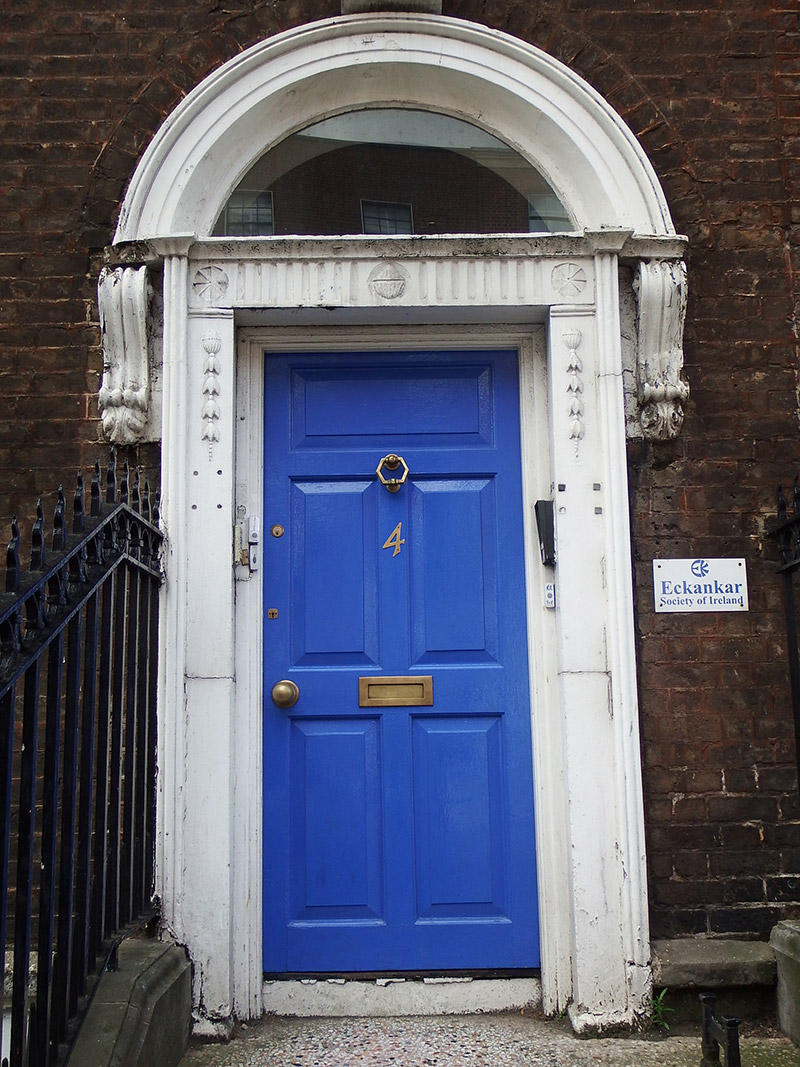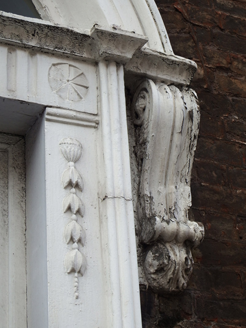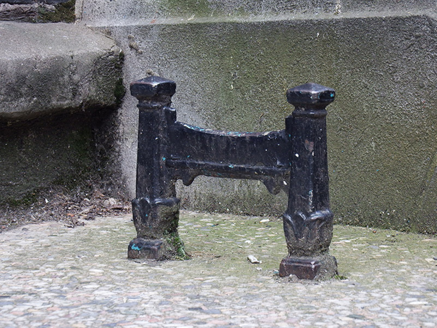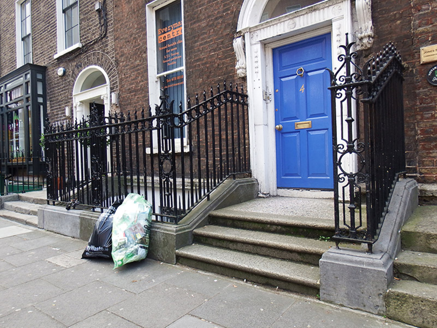Survey Data
Reg No
50100520
Rating
Regional
Categories of Special Interest
Architectural, Artistic
Original Use
House
In Use As
Office
Date
1810 - 1830
Coordinates
316891, 233524
Date Recorded
28/07/2016
Date Updated
--/--/--
Description
Attached two-bay four-storey former house over basement, built c. 1820, having returns to rear. Now in use as offices. Hipped roof perpendicular to street, having rebuilt red brick parapet with masonry coping. Rebuilt red brick chimneystack to east party wall with yellow clay pots. Concealed rainwater goods. Flemish bond buff brick walling, colour-washed to lower floors, on granite plinth course over painted rendered walling to basement; rendered walling to rear. Square-headed window openings, diminishing in height to upper floors, having brick voussoirs, patent reveals and painted masonry sills. Replacement timber casement windows to first floor and timber sliding sash windows elsewhere, latter one-over-one pane to ground floor and two-over-two pane to top two floors, with ogee horns, and early six-over-six pane to basement without horns and having some reeded glass. Decorative cast-iron balconettes to first floor, decorative wrought-iron window-guards to second floor and wrought-iron grilles to basement. Round-headed doorcase with moulded rendered surround, moulded architrave with festooned piers, lintel cornice with fluted frieze, moulded archivolt on scrolled console brackets with stiff-leaf stops, plain fanlight, and replacement timber panelled door with brass furniture. Terrazzo entrance platform with decorative cast-iron boot-scrape and three bull-nosed granite steps to street. Basement area enclosed by replacement decorative cast-iron railings with decorative corner posts on moulded granite plinth. Replacement uPVC door located beneath entrance platform.
Appraisal
A modest early nineteenth-century Georgian-style house, built as one of a pair. Although there has been some insertion of replacement fabric, principally the windows, it displays elegant proportions and the graded fenestration pattern typical of the period. The plain facade is enlivened through later railings and balconettes. The doorcase and decorative detailing to the basement railings provides visual and artistic interest to the building and street. Relatively well retained, this building is a significant component of the surviving Georgian streetscape character of Mount Street Lower, which has been heavily marginalized by the construction of late twentieth-century development. Initial approval to open Mount Street Lower was obtained from the Wide Streets Commissioners in 1791, with the principal developers, Crosthwaite and Grant, having purchased land from Samuel Sproule. Although their building efforts were praised in 1796, building was halted until the early nineteenth century due to recession, and progressed slowly with only 29 houses completed by 1834.
